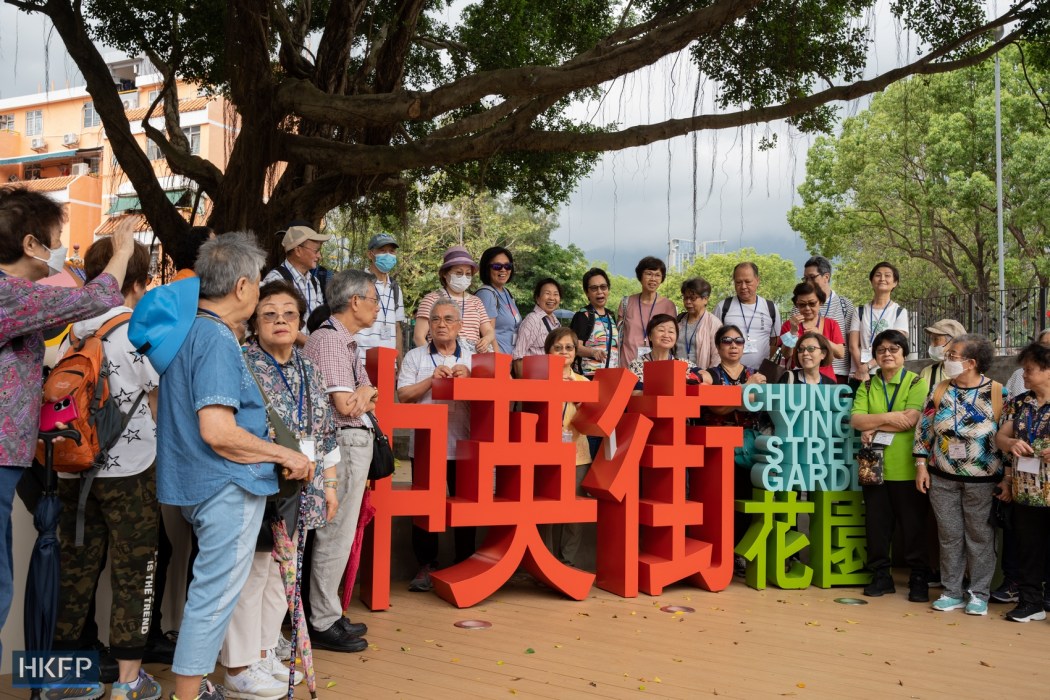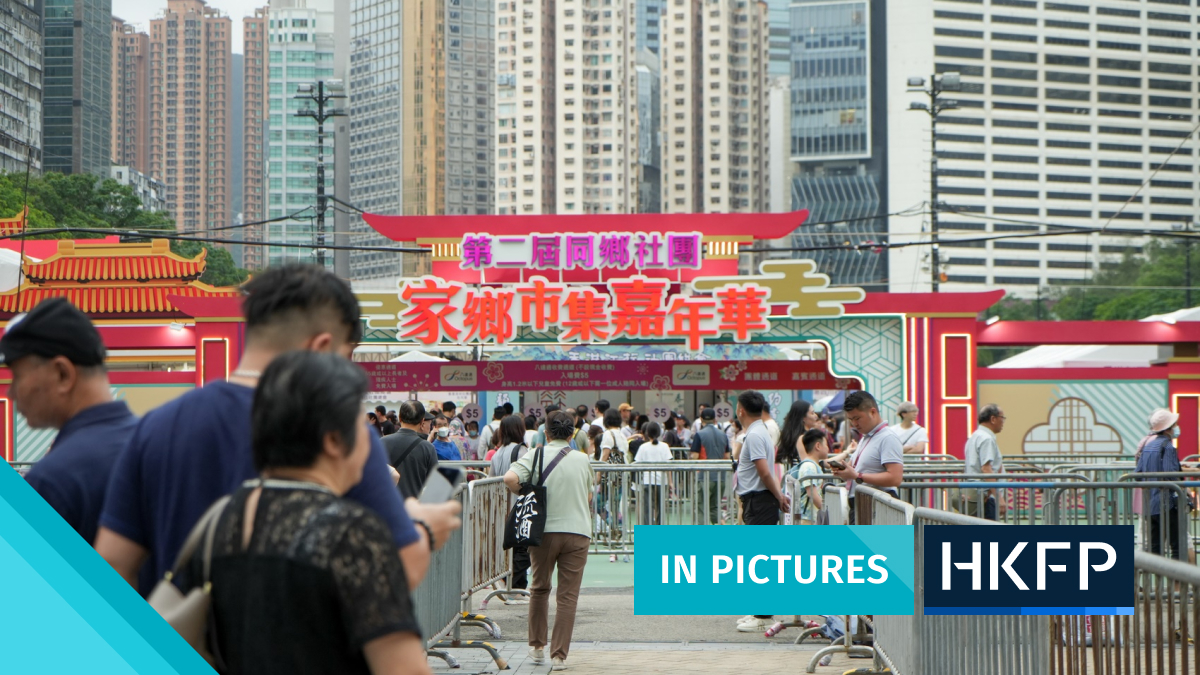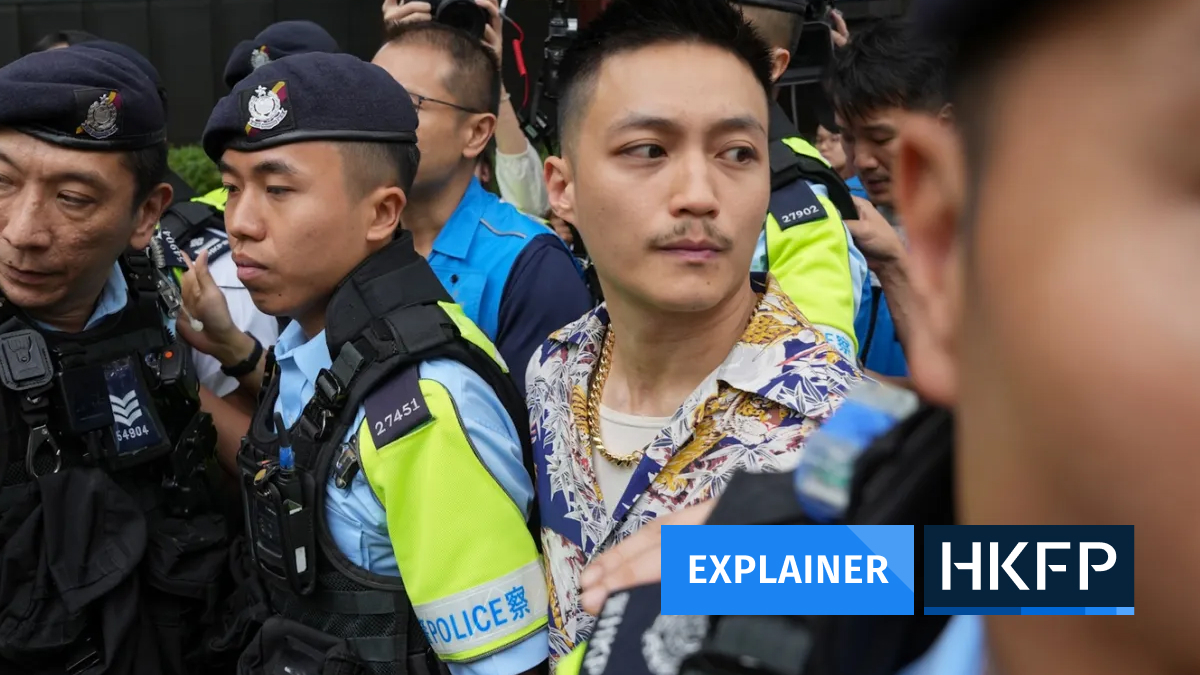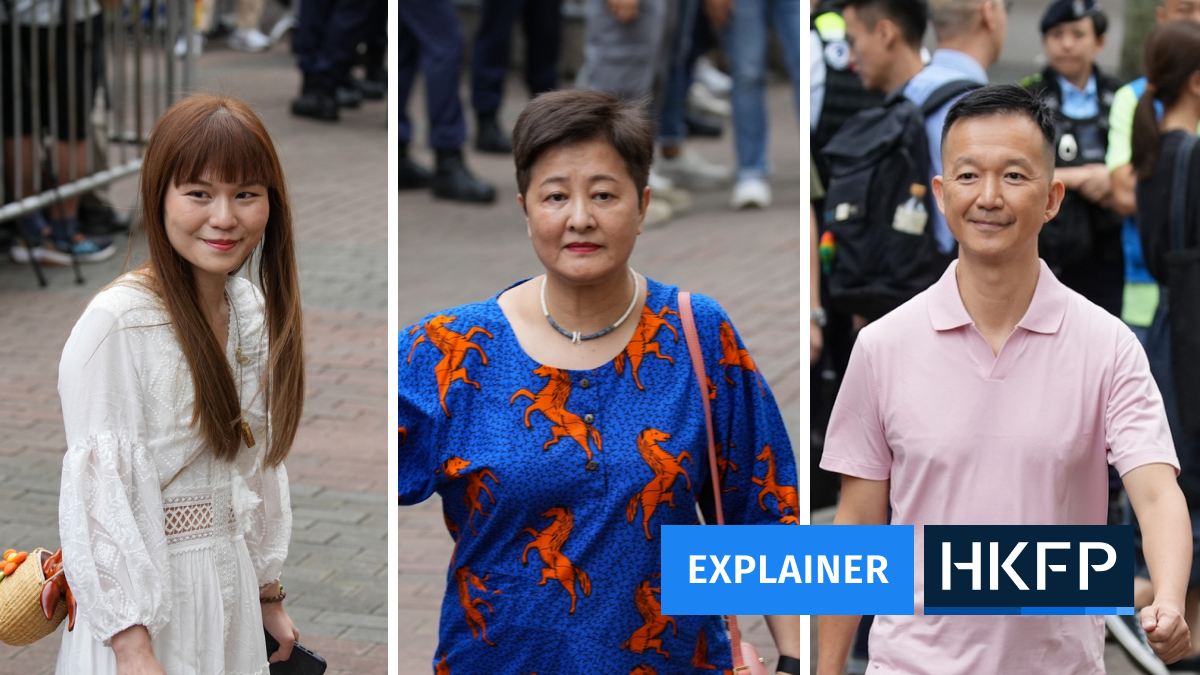Hong Kong’s border with mainland China bisects the closed town of Sha Tau Kok but Shui Gor crosses it every morning without a second thought. The restaurateur spends his life on both sides, waking up early at his home in Shenzhen and arriving at his eatery on the Hong Kong side of the town after a ten-minute walk.

“Flats over there [in mainland China] are a lot more spacious,” he said with a chuckle.
The 57-year-old owns Hoi Shan Lau, one of the oldest restaurants in the town sited in Hong Kong’s Frontier Closed Area – a restricted border zone established by the British colonial government in 1951 to combat illegal immigration and espionage.
As an indigenous Hakka resident of the town, Shui Gor holds a residency pass which allows him to freely pass the border post. Other Hong Kong residents must get a permit to enter the frontier zone.

In January a restricted entry scheme was expanded to allow up to 1,000 visitors into the town every day to try to boost business. Since then it has seen a minor influx of local tourists, Shui Gor said.
Hong Kong’s border town
Once a bustling trade post between Hong Kong and the mainland, Sha Tau Kok was quiet when HKFP visited on a Friday morning – as is the norm for weekdays, according to the restaurateur.
Hoi Shan Lau is on the corner of Chung Ying Street, which follows Hong Kong’s border with Shenzhen’s Yantian district and splits the town in two – Sha Tau Kok in Hong Kong, and Shatoujiao in the mainland. The road remains closed to the public, even under the entry scheme.
The border town was where leftist militias shot and killed five policemen during the 1967 riots, which were sparked after protests broke out at an artificial flower factory in San Po Kong, following the start of China’s Cultural Revolution.

Because the town is located within the frontier zone, the entry scheme – a tourism initiative, in effect – is under the purview of the Security Bureau.
Security remains strict, with police stationed at the town’s gated entrance boarding minibuses and checking visitors’ entry permits. Two HKFP reporters were assigned an escort from the police public relations wing.
Being situated in the easternmost part of the New Territories, Sha Tau Kok falls under the scope of the Northern Metropolis development – a plan for a massive technology hub and housing projects straddling the border.

Along with neighbouring areas including Robin’s Nest and surrounding coastal villages and outlying islands, the border town has been tapped for recreational and eco-tourism development, according to an action agenda released last year.
But Shui Gor is not optimistic about the plan’s supposed benefits for Sha Tau Kok, saying that most of the visitors he spoke to considered the entry permit requirement too much of a hassle. “Even if they do visit, it’ll only be once or twice,” he said, adding that the novelty would soon wear off.

While he welcomed the newfound interest in Sha Tau Kok, he lamented long-standing issues which could not be addressed by a boost in local tourism.
“Lots of locals make handicrafts and traditional foods like cha guo (glutinous rice dumpling), but there aren’t many avenues for them to sell their goods. They’re worried that they’ll get fined if they sell without a licence,” he said.

A small agricultural production network still occupies a small niche in Sha Tau Kok and neighbouring Lai Chi Wo, consisting of local farmers, a food processing plant, and community organisations acting as retailers.
But the boost in tourism, albeit welcome, could not do much to support those regional industries, Shui Gor added.
A historic shophouse
Occupying the upper floor of a 19th century shophouse on San Lau Street is the Sha Tau Kok Story House, a privately-run museum showcasing artefacts from bygone eras. Lining the walls are old rice mills, police uniforms, sewing machines, and record players – all collected by Charles Lee, the museum’s founder.

“What used to be barren land has been turned into the Chung Ying Street Garden and the railway replica,” he said of the new tourism initiative. Just beyond the town’s 51 public housing blocks and in front of the border checkpoint are the garden and a replica train station where tour groups posed for photos.
But Lee, who also chairs the Association for Sha Tau Kok Culture and Ecology, hopes the town can be known for more than just its refurbished attractions: “The hardware is all there, but the software is still lacking. My goal is to develop Sha Tau Kok into a place where art and culture can thrive.”

With more resources, the curator would be able to provide proper care for the museum’s exhibits and allow local organisations to show off the town’s history and culture, Lee said, pointing to the museum’s neighbouring storefront, Wong Cheung Tai.
Originally a wholesaler in the 1930s selling rice harvested on neighbouring islands, Wong Cheung Tai later became a furniture store. More than 20 years after it went out of business, it was transformed in January into a community space hosting sketching tours, documentary screenings, farmers’ markets, music performances and more.

But Wong Cheung Tai was not open for business when HKFP visited earlier this month. A few doors down was a souvenir shop stocked with t-shirts and complete with a photo backdrop.
A quiet market
Nearby, neatly arranged stacks of rice dumplings were on display at the Sha Tau Kok Market. One shopkeeper, Wong, lamented the lack of tourists visiting the market, where almost a third of the stalls were vacant.

“We see the tourists outside, but they won’t come in – I have no idea why!” she said, adding that she dared not sell the dumplings outside the market without a permit from the Food and Environmental Hygiene Department.
“We know that Hongkongers don’t like spending too much, but we earn very little off these,” Wong added, gesturing to the handmade snacks.
Along with the decline in the agricultural and fishery industries over the past decades, younger generations have left the town to seek out better opportunities, leaving behind older residents who had reservations about the entry scheme.

Wong, herself a Sha Tau Kok resident, welcomed the initiative, but said the elderly residents, which make up a sizable portion of the town’s population of about 4,000, were generally opposed to a full reopening because of potential nuisance.
“I suppose there’s always two ways to look at it,” she said.
Support HKFP | Policies & Ethics | Error/typo? | Contact Us | Newsletter | Transparency & Annual Report | Apps
Help safeguard press freedom & keep HKFP free for all readers by supporting our team

Original reporting on HKFP is backed by our monthly contributors.
Almost 1,000 monthly donors make HKFP possible. Each contributes an average of HK$200/month to support our award-winning original reporting, keeping the city’s only independent English-language outlet free-to-access for all. Three reasons to join us:
- 🔎 Transparent & efficient: As a non-profit, we are externally audited each year, publishing our income/outgoings annually, as the city’s most transparent news outlet.
- 🔒 Accurate & accountable: Our reporting is governed by a comprehensive Ethics Code. We are 100% independent, and not answerable to any tycoon, mainland owners or shareholders. Check out our latest Annual Report, and help support press freedom.
- 💰 It’s fast, secure & easy: We accept most payment methods – cancel anytime, and receive a free tote bag and pen if you contribute HK$150/month or more.
MORE Original Reporting
HKFP has an impartial stance, transparent funding, and balanced coverage guided by an Ethics Code and Corrections Policy.
Support press freedom & help us surpass 1,000 monthly Patrons: 100% independent, governed by an ethics code & not-for-profit.









